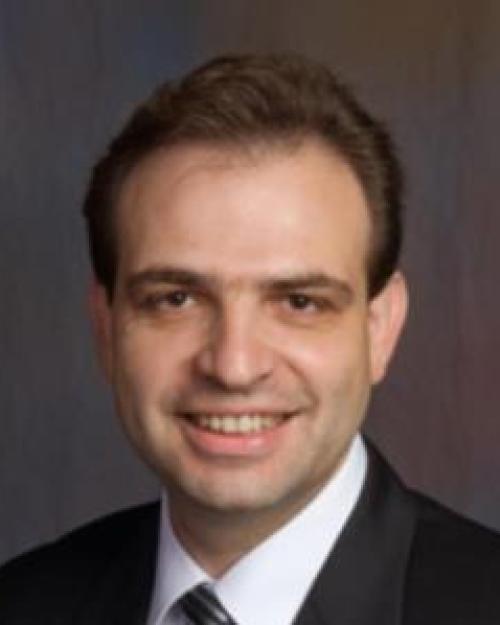
Automotive Radars Principles
Presentation Menu
Autonomous driving is one of the automotive industry's key megatrends, with most car manufacturers already incorporating varying levels of autonomy into commercially available vehicles. The primary task of the sensing suite in autonomous vehicles is to provide the most reliable and dense information about the vehicle's surroundings. To achieve the required sensing performance, sensors must detect, localize, and classify a wide range of typical objects, such as vehicles, pedestrians, poles, and guardrails. Autonomous vehicles are equipped with multiple sensors of various modalities: radars, cameras, and lidars. However, lidars are costly, cameras are sensitive to illumination and weather conditions, need to be mounted behind optically transparent surfaces, and lack direct range and velocity measurement capabilities. In contrast, radars offer robustness to adverse weather conditions, are unaffected by lighting changes, provide long-range, accurate measurements, and can be installed behind nontransparent fascia.
The unique nature of automotive radar scenarios requires developing new signal-processing approaches beyond the classical military radar concepts. The redefinition of vehicular radar tasks and new performance demands offer a fertile ground for innovative signal processing techniques.
This lecture begins by outlining the radar performance requirements critical for active safety and autonomous driving and the associated challenges. It then reviews current trends in automotive radar technology and highlights the advantages of radar over other sensing modalities. The lecture explores propagation phenomena encountered in automotive radar and the radar concepts developed to address them. The radar processing chain will be discussed, including range and Doppler estimation, beamforming, detection, angle-of-arrival migration, tracking, and clustering. MIMO and cognitive radar approaches for automotive applications will be covered, followed by radar interference mitigation and sensor fusion discussions. Finally, open research questions are presented to inspire future developments in the field.
